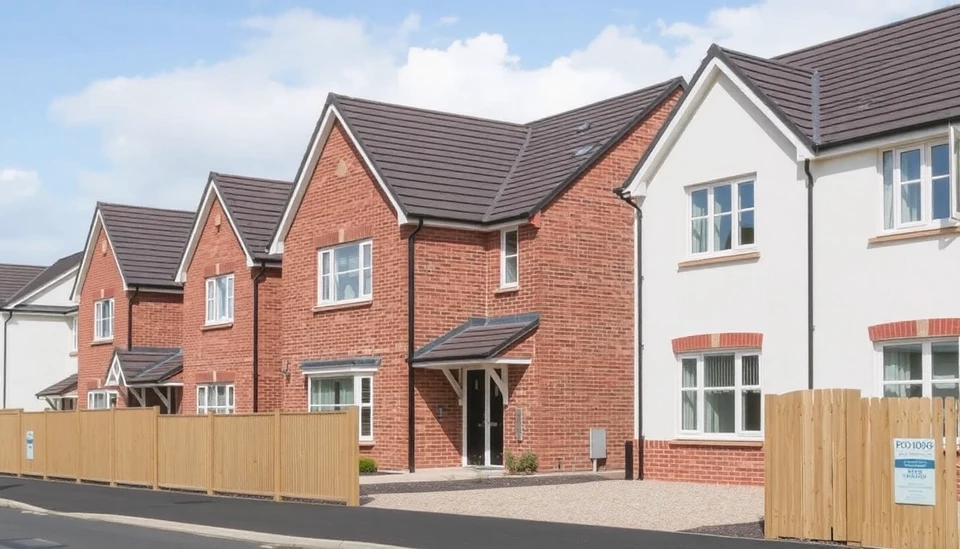
In a recent report, data revealed that U.S. housing starts experienced a notable decline, primarily caused by a significant reduction in multifamily construction projects. This downturn indicates a shift in the housing market, with implications for builders, homebuyers, and the overall economy.
According to the latest figures from the Commerce Department, overall housing starts fell by 7.7% in September compared to the previous month, bringing the annualized rate to approximately 1.36 million units. This decline is particularly pronounced in the multifamily sector, which encompasses apartment buildings and other types of multi-dwelling properties. Multifamily construction dropped by a staggering 24.1%, underscoring a stark contrast to the previous months' performance in that particular segment.
Economists attribute this slowdown to various factors, including rising interest rates, which continue to impact affordability and financing for prospective builders and buyers. Many potential homebuyers are facing increased borrowing costs, which has led to hesitance in moving forward with new construction projects. Furthermore, the demand for rentals has softened slightly, contributing to the pullback in multifamily housing starts.
In contrast, the single-family home construction sector showed signs of resilience, with a modest decrease of just 2.8%, reflecting builders' ongoing efforts to meet the demand from homebuyers who are still interested in purchasing properties despite economic pressures. This highlights a distinction between the multifamily and single-family markets, with single-family homes maintaining some degree of stability amidst the broader downturn.
The decline in housing starts adds to the ongoing challenges within the real estate market, particularly as inventory levels remain low in many areas. The lack of new construction can exacerbate issues related to housing supply and affordability, prompting concerns over how this trend may affect home prices in the coming months. As builders reassess their strategies in light of these fluctuations, market observers are keenly watching for any signs of recovery or further decline in the housing landscape.
Experts suggest that navigating these complexities will require continued adaptation from builders, including potentially shifting their focus to single-family projects in response to market demands. As the housing market responds to economic conditions, the coming months will be critical for both builders and buyers alike.
In summary, the recent data underscores a significant slowdown in U.S. housing starts, driven predominantly by a sharp decline in multifamily construction. While the single-family sector holds some promise, the housing market faces ongoing challenges as the economy continues to evolve.
Overall, industry stakeholders are encouraged to keep a close eye on economic indicators and trends in consumer behavior, as these factors will play a crucial role in shaping the future of housing construction in the United States.
#HousingMarket #USHousingStarts #ConstructionTrends #RealEstateNews #MultifamilyHousing #SingleFamilyHomes
Author: Laura Mitchell




